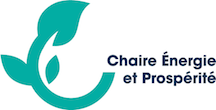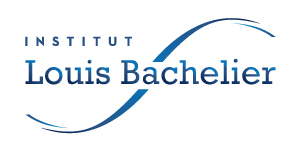Published in American Journal of Agricultural Economics
Reducing animal-based food production would not only reduce agricultural greenhouse gas emissions but also free land that could sequester carbon. We examine the efficiency of a subsidy to cattle farmers for setting aside land for natural ecosystem regeneration. We develop a partial equilibrium model of the cattle sector that integrates land use, greenhouse gas emissions, and animal feeding. We compare the subsidy to alternative policies: a meat tax and a standard on animal feeding. We identify the conditions under which the subsidy is the best alternative to these other second-best policies. The efficiency of the subsidy lies in its effects on both the extensive margin (reduced quantity of meat) and the intensive margin (production intensification, which reduces both the emission and land-use intensities of meat). An empirical application to France, where spontaneous regeneration corresponds mostly to forest regrowth, shows that the subsidy dominates the other alternative policies considered for a wide range of parameter values but is sensitive to carbon leakage when the economy is open to trade.
No Upcoming Events found!

